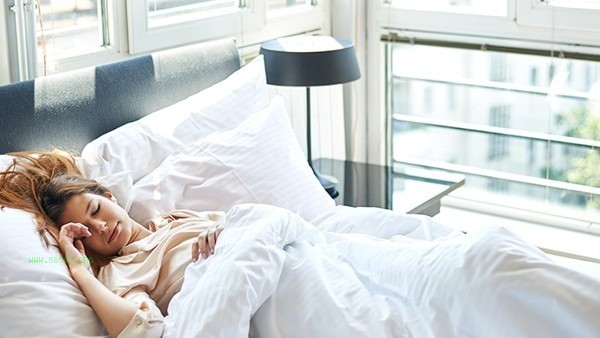Is summer nap also a college question? Experts reveal three major taboos for healthy napping! In the hot summer, taking a nap has become an important way for many people to relieve fatigue and restore energy. But, you know what? There are also many precautions for taking a nap, and if not taken seriously, it may have adverse effects on health. Today, experts reveal three major taboos for a healthy nap, helping you better enjoy this short but crucial rest time.
1. The nap time should not be too long.

Many people like to sleep for more than an hour during their summer nap, believing that the longer they sleep, the better. In fact, taking a nap for too long can disrupt the body's biological clock and affect the quality of sleep at night. Experts suggest that it is best to control the nap time between 20-30 minutes in summer. This period of time is enough to give the brain and body a brief rest, but it will not enter deep sleep, avoiding the feeling of dizziness and swelling when waking up.
2. Take a nap immediately after a meal
In summer, with high temperatures, many people tend to feel tired after lunch and simply turn their heads to sleep. However, taking a nap immediately after a meal can affect digestion and may cause gastrointestinal discomfort. After meals, wait at least 20-30 minutes before taking a nap, which can give the body enough time to digest. In addition, you can choose to sit in a chair and rest for a while to avoid lying down and sleeping, which can cause pressure on the gastrointestinal tract.
Third, improper sleeping posture
The posture of taking a nap also has a significant impact on the body. Many people choose to rest on their desks or sofas while sleeping at noon in the office or at home. This posture can easily compress the respiratory tract, affect smooth breathing, and may also cause numbness in the arms and neck pain. The best nap position is to lie down on the bed or sofa, choose a comfortable pillow, maintain natural curvature of the neck and spine, and ensure smooth breathing.
Tips for a Healthy Nap

1. Creating a Quiet Environment: When taking a nap, choosing a quiet and well lit environment can help you fall asleep quickly and improve the quality of your nap. You can wear eye masks or use blackout curtains to avoid strong light interference.
2. Maintain a suitable temperature: In summer, when the temperature is high, air conditioning or fans can be used to maintain a suitable indoor temperature, but do not blow directly at the head to avoid catching a cold.
3. Set an alarm: To avoid taking a nap for too long, you can set an alarm to ensure that you wake up within 30 minutes. This can ensure the effectiveness of napping without affecting sleep at night.
4. Moderate Activities: Before taking a nap, you can engage in some light activities, such as walking or simple stretching exercises, to help the body relax and improve the effectiveness of the nap.
The Importance of Napping

Napping not only relieves fatigue, but also improves work efficiency and alertness in the afternoon. Research has shown that taking a proper nap can improve memory, enhance learning ability, and even contribute to cardiovascular health. Especially in summer, taking a nap can help the body cool down and restore energy, making it a simple and effective way of health preservation. Taking a nap may seem simple, but it involves a lot of knowledge. Mastering the scientific methods of taking a nap and avoiding common misconceptions can allow you to enjoy the comfort of taking a nap while maintaining your physical health during the scorching summer days. Remember these three taboos and become a smart nap expert, making every nap a part of your health journey.




Comments (0)
Leave a Comment
No comments yet
Be the first to share your thoughts!